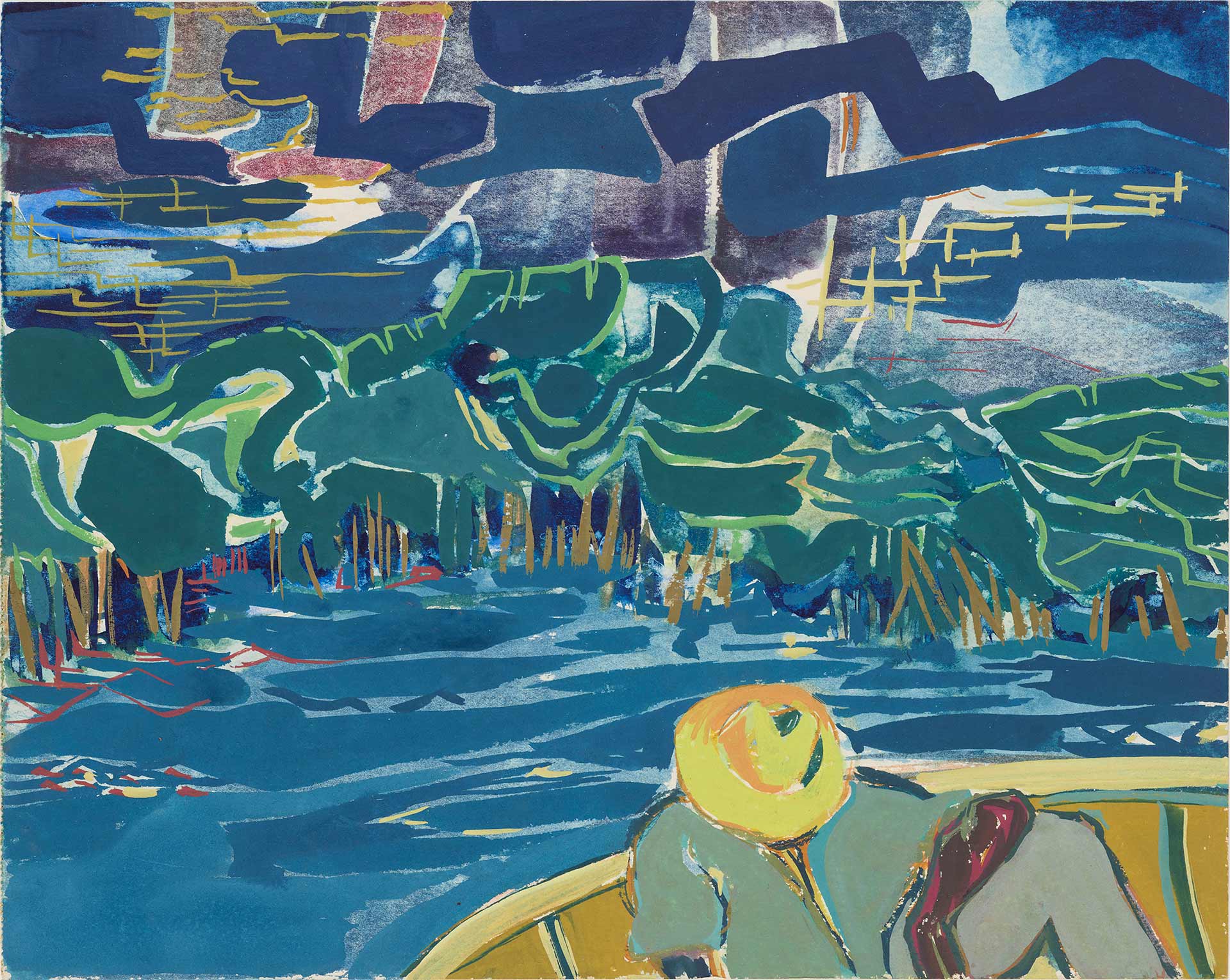Early Works (1951–55)
Venezuela experienced dramatic economic, political, and social changes during and after World War II. In 1939 the country was one of the world’s leading oil exporters and its third largest producer. A booming oil industry coupled with economic assistance from the United States enabled Venezuela to finance its own modernization in the postwar period. During this era Venezuelan modern art underwent an equally transformative shift. The emergence of Geometric Abstraction—a transnational movement characterized by pure form, line, color, and geometric ordering schemes—in the country around the 1950s marked a period of great artistic innovation.
It was in this context that Gego began her new life in her adopted home of Venezuela. She began doing freelance work at architecture firms and city planning studios in Caracas in the early 1940s, utilizing the architectural and engineering training she had received in Germany. By the early 1950s, however, Gego abandoned her architecture practice and fully embraced art-making. She relocated to the village of Tarmas, near Venezuela’s Caribbean coast, and concentrated in creating landscapes, depictions of architectural forms, and figuration, some of which are on view in this section.



